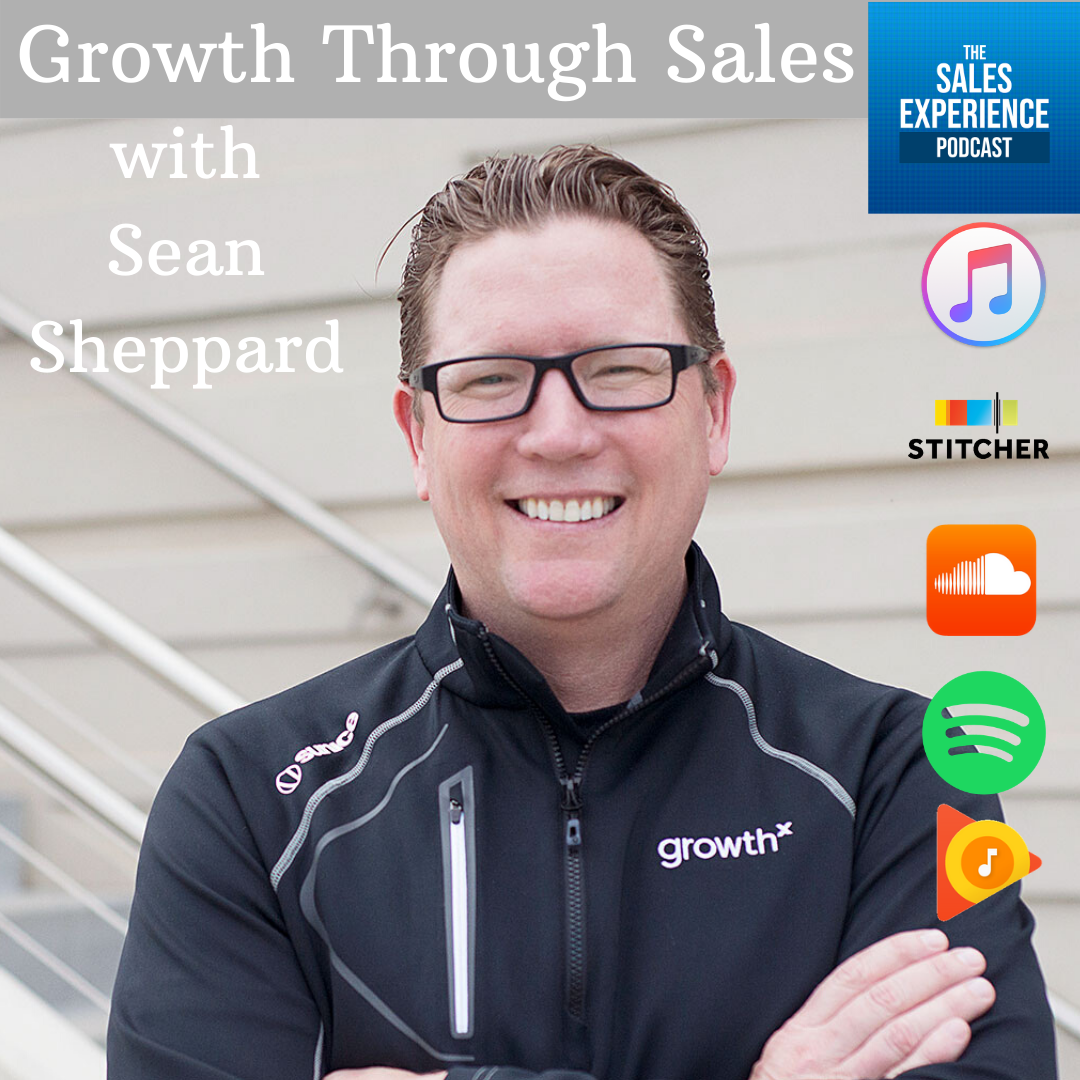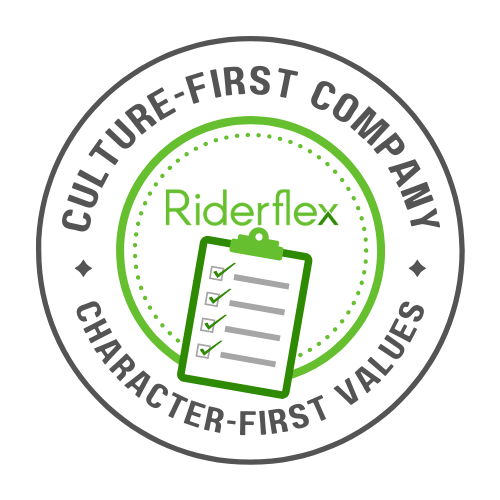What challenges arise when the roles of creators and operators are not clearly defined?
E193: Growth Through Sales with Sean Sheppard – Part 2 of 4
This is the second segment of the conversation I had with Sean.
In Part 2, Sean and I talk about:
- Salespeople who need a built process vs. ones that can create the process
- Self-awareness – what type of operator/founder/salesperson are you?
- How most people (honestly) feel about change
- Your #1 goal as a salesperson (and a company that provides a product/service)
Download The Power of Authentic Persuasion ebook
Enroll in the Authentic Persuasion Online Course
Connect with Jason on LinkedIn
Connect with Sean on LinkedIn
Sean’s Bio:
Sean is a serial entrepreneur VC and co-founder of GrowthX and GrowthX Academy, with three successful exits, who has successfully grown dozens of early-stage companies across a wide variety of products and markets. He was recently named the #2 Online Sales Influencer and contributor at The Huffington Post. He’s now committed to working with countries, companies, entrepreneurs and those who want to work with them on building startup ecosystems and developing the next generation of leaders for the innovation economy.
-
Show Transcript
Jason: Welcome back to the sales experience podcast and welcome to part two of my conversation with Sean Sheppard from the growth X and growth X Academy family of businesses out there changing the world via sales, which is really in alignment with how I feel about sales and the mission of this sales experience podcast. He is focused on doing it for startups early seed round type of companies who need help going from product idea into launching and generating income instead of just raising money. And you might be wondering why I have someone like that on the show for talking about sales. Make sure to catch all four parts of this conversation that he and I have and you will understand from front to back why I wanted to speak with them and the value that he has, which is literally in alignment with myself. So make sure to subscribe to the show so you can catch all the episodes here it is part 2.
Sean: And they can drive that functional learning that needs to happen in order to build something that people want because everybody just forgets you raise $1 million in this town. That’s 12 months of money that goes like that, especially if you’re selling B2B in a 12 to 18-month sales cycle. You don’t have enough money to do this. So you have to do it in the most practical and realistic approach possible.
Jason: And it’s so true in my experience as what you’re saying is that there are the ones who like to build and create from a sales, from scripting, from marketing, from just that whole process. And then there are the ones who just like to show up and do, and they just can’t handle anything that’s not already outlined or processed or something that doesn’t fit into what they’ve always done. So cause they’re not gonna mold to your process, they’re just going to bring what they’ve always done and it better work for you or not. And if it doesn’t, it’s your fault. Not to bash those salespeople. It’s just a fit for startup companies or wherever you’re at in your mature cycle. If you have no scripts, no process, no marketing, and you know you need somebody to bridge all those departments. Like you said, that’s one type of person versus here’s a process, here’s the playbook. Now get on the field and run with it.
Sean: That’s right. There’s a difference between creators and operators are like, you know, inventors, innovators, an operator, all three are very different. They all have their own specialty and it’s typically built into their DNA and that’s what I mean. It’s less about what background experience or skills or knowledge someone has and it has more to do with their characteristics and attributes. What is their nature? Do they get frustrated in a big company like I had a job once.
Sean: That was it. It’s like people always ask me, you know how do I know if I’m an entrepreneur person, you don’t choose. It chooses you.
Jason: Right. Go get a job and see how that feels.
Sean: It pulls you in a direction. In its purest form. It doesn’t mean you can’t be an entrepreneur later. Of course you can, but it does require a change in behaviors. If you’re somebody who’s traditionally been an operator and you want to try and be an innovator, it requires a change in behaviors and thoughts, mostly thoughts which drive behaviors. And the same thing goes if you’re an inventor who wants to be an innovator or an operator, you have to change your thoughts and behaviors to get to that point. And that’s fine, but more often than not, we’re going to fall back on our lizard brain every time things get difficult because everybody’s got a plan as Mike Tyson said until you get punched in the mouth.
Sean: And so that’s what happens. People say they’re going to do one thing and then the moment they get into the market, things don’t go well or they get seduced or pulled in a certain direction by people who express interest that have no ability to do business with them but have a willingness to suck up their time and resources. And those are the kinds of things that you see over and over again. So our focus is really on that dynamic that exists between taking something someplace new that is a learning process. The whole thing is a learning plan. Our entire market acceleration program and XP and I encourage everybody listening to this to go to growthx.com and sign up for it. The hashtag GX MX P newsletter. Every week we cover a different section of our, you know, I’d like to say world-renowned market acceleration program.
Sean: It is now being licensed by accelerators, incubators, universities, governments, corporations, startups, grow stage companies and entrepreneurs all over the world. Because it’s all about that dynamic. How do you in a measurable way find the truth about where your product fits in the market, create a functional learning organization to pursue that truth in the leanest way possible and determine whether or not profitability can, and it should exist in a predictable, scalable way. And it’s all about those things. So that dynamic is very different. The attributes necessary to support it, the way to measure it, execute against it, and learn where that truth exists. All rides in that area. And so if you have a true entrepreneur on the product side, they’ll get it. They’ll understand that they don’t know what they don’t know about where the product that’s in the market. If it does it all, we may not know what to do about it and that’s great.
Sean: So that’s the recognition of all right now I need somebody who does, but don’t go get that guy that comes from some big company that’s never taken something someplace new. I see it in big companies, small companies, and everywhere else. Cause that’s not about the stage of the company. It’s about the stage of the product in a market
Jason: And to the salespeople listening, right? And obviously managers and founders, but to those salespeople listening, it’s really about that self-awareness. It’s about knowing who you are and what you like to do, what you enjoy and what you’re best at that you can then bring to the market. Right? Like I realized that a long time ago about myself is that I really enjoy building it from the ground upsales, marketing processes, scripts, technology, all of that. I love fixing it when it’s broken, when it’s running smooth, I get bored and that’s not fun for me.
Jason: And I want to move on to something else. Right? I am not a longterm operator. I’m not the kind of person that likes pulling a lever for 30 years, day in and day out. And that’s what I do. I like building great. I’ve even found in the past when I’ve stepped back and then I’ve fixed this habit, I’ve even found it where I’ll literally dive really deep to find more problems and or break something so that I can then fix it because that’s what I enjoy. I enjoy the creating and optimizing. And so for salespeople, it’s really key to know that because I’ve seen that what you’re saying is where we’ve hired somebody as a sales rep, tons of experience companies in early stage, it’s very flexible. Like what we do today might be different than what we do or call on or say tomorrow.
Jason: And some people literally can’t handle that pace of change. And like you said, that ambiguity of what’s going to happen next week, we have no idea. We know what the vision is, right? So we’re married to that, but we don’t know what the strategy will be.
Sean: Seah, I mean there’s two things I want to, there’s two paths I want to take the conversation based on that. One is personal and professional development conversation for sales professionals, which I completely agree with. So that means for example, and now you’re getting me on my, you know, my growth X Academy soapbox, we launched growth X because most companies are failing because of markets and people not products. So we wanted to address it. We launched the Academy because nobody teaches professional selling. Okay. And nobody teaches it. The stage relevant selling of taking something someplace new and it’s very, very frustrating.
Sean: There are over 6,000 institutions of higher learning purportedly in North America and less than a hundred even have a sales course. And most of those, God bless them, those people haven’t sold anything. They don’t know what they’re doing. Exactly. And so what ends up happening over half of college graduates end up in sales, customer facing related roles with no background knowledge or experience skills or behaviors necessary to support it. And what do you end up with? You end up with endemics 60% turnover in the industry. In the first five years, right? And that hasn’t changed. And who bears the responsibility and costs associated with that? Us the employers, right? Every year gal comes out with the same pole, come graduation time from all these college graduates graduating from these liberal arts colleges. And by the way, I’ve never seen a job posting that says seeking liberal artists. So from the schools saying, yeah, are your graduates prepared for the workforce and the rules?
Sean: 8 and 10 say yes or 9 and 10 say yes. And then you ask the employers 8 and 10 or 9 and 10 disagree. There’s a giant gap there, right? And so now the Academy was designed to fill in a very focused and specific way to support our portfolio of investments as well as the community at large for all sorts of awesome people that want to transition from non-tech industry to High tech growth. They may come out of real estate or finance or retail or law or whatever, and they want to work in tech, but they don’t want to be a coder. I want to be an engineer. Great. So we’ve got a path in it and they can learn entrepreneurial selling and they can learn digital marketing, they can learn UX design thinking, it can even learn data science and some light programming to support data science in UX design in the Academy.
Sean: And all of that comes from this fact that our educational system was born in the industrial revolution as a way to put people to work in factories. You died, do you know if he asleep like Rip Van Winkle 150 years ago and you woke up today and you looked around? The only thing that would look the same as the classroom, there’s a reason they use bells in the classroom to mimic factory whistles. There’s a reason they have programmatic learning moving from one subject to the next and they’ve got everybody lined up in desk rows and they go altogether. And the only thing, two people in a classroom having common is their age and location and that’s absurd. And that’s just so beyond the pale. I can’t even tell you that’s not preparing anybody for the innovation economy. No. The skills that are necessary to be successful in the innovation economy are number one, you need a mindset. You need a mindset that says, I want to be alert at all, not to know it all. We call it a growth mindset, okay? It means that you can learn anything and master anything.
Jason: But also, you know, learn anything but also not, I’m guessing also not relying on knowledge, right? Because knowledge and information can now be found at your fingertips. It’s the wisdom to know what to do with create.
Sean: Yes. It’s a creativity of that. So you want to separate yourself in the age of AI, build your EI, your emotional intelligence. That’s the second thing behind mindset. Third is business activity. You can help anybody be successful. So to me in the role of sales is your job in this world is to help other people get what they want. Okay? If you help them get what they want, you will get what you want.
Sean: And if you honestly believe that you can have everything that you want, but in order to do that, you need to know who these people are. You need to understand how they work in tech. You need to speak to them in a language they understand. Just cause we both speak English doesn’t mean we both speak finance or we both speak SAS. We both speak retail and we both speak HR. Okay? You can learn that stuff very quickly through business and market acumen. Understanding how business works and how you can contribute to it as the seller is your primary objective and then behind that you need to be able to communicate effectively. If you can’t articulate your value based on those prior things, having the great growth mindset where you’re ready to learn at all times. Strong emotional intelligence so that you can care about somebody before you know what to care about, that you can understand their business and how they run it and how you can contribute to it.
Sean: That you can immediately adapt their taxonomy, their industry, vertical sector lingo and understand not just who they are, but who their customers are and how that drives everyone’s behavior and then ultimately articulate that in a way. It helps you get them what they want. Solve real problems for real customers in a measurable way and if you can do that, I don’t give a shit what industry or what sector. I don’t care what product or what market or any of those things. It doesn’t matter because everybody always asks me about this with MXP too. Is MXP your market acceleration program B2B or is it B to C or is it a marketplace saying as a technology only? No, it’s all of the above. It’s fundamentals. It’s H to H human to human cause until bots starts selling to bots and they don’t need us anymore, it’s still the process of one human interacting with another and trying to learn from that experience and so I that you call your podcast a sales experience for that very reason.
Sean: You know what creates an optimal sales experience. I think it’s applying what I just alluded to, in a way. That does two things for customers and people always need to keep this in mind. The first thing is to create less work for people, not more every day.
Jason: Are you talking the sales person for the customer or you’re talking to the company for their salespeople?
Sean: No, I’m talking to the salesperson for the customer. Everything the company does for the salespeople should be in support of that. To me, every organization has an upside-down pyramid. Yup. Okay. At the or funnel. Think about it as a funnel. Okay. To me, everything’s a funnel. I learned that in college, hanging out with. Absolutely. Everything’s a funnel. At the top of the funnel is your customer’s customer. Okay. And then below that is your customer.
Sean: And then below that is the people who face your customers, right? The people who find them. Right? The people who acquire them, sales and the people who keep and grow them. Customer service or customer success. And then everything else inside the business is underneath that and support of that. And at the bottom of the funnel is the executive and or investors and board and the people that support them. So everything that the company does internally needs to be driven by that experience. Does that make sense? So when I speak about this, I speak about it in terms of you need to go to market in a way that immediately creates less work and more value, not the other way around because what the problem is is we’re so heavily driven and focused on our own self and our own product and our own service.
Sean: We often forget what kind of experience we need to create for our customers. That’s one of the reasons user experience design and design thinking is one of the critical components of that we teach in our entrepreneurial selling program as well as in the UX design program is because everybody wants that easy button that Apple provides you today, but they don’t understand, or Amazon, they don’t understand how hard and difficult that is. Amazon is the most valuable company in the world. They don’t make shit except all of us happy.
Jason: Alright. That’s it for part two. Again, make sure to go to cutterconsultinggroup.com/podcast where you can find the transcript, show notes, all of his links, catch Sean where he’s at online, his website, and of course, make sure to subscribe so you can catch apart for three tomorrow. And as always, keep in mind that everything in life is sales and people remember the experience you gave them.
Become a Certified Authentic Persuader
Get the ebooks to help you close more deals
Visit
Selling Effectiveness for more tips and get help
Follow Jason on LinkedIn
Or go to Jason’s HUB – www.JasonCutter.com
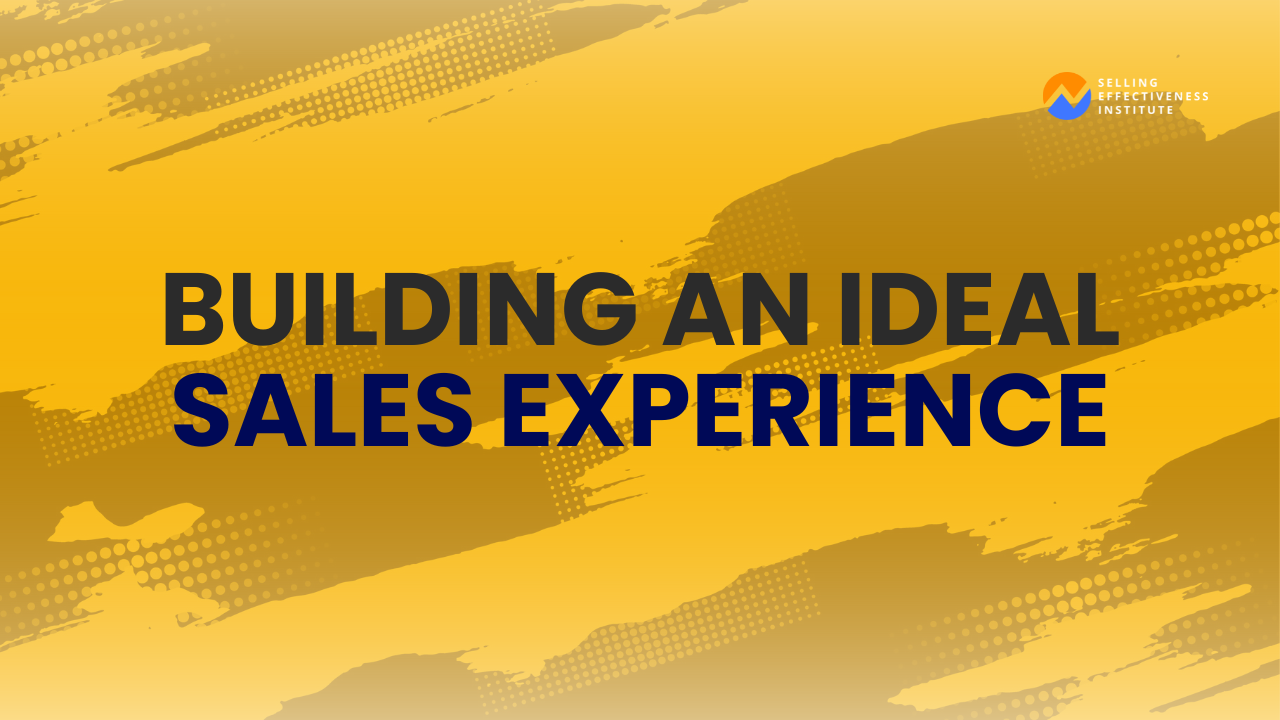
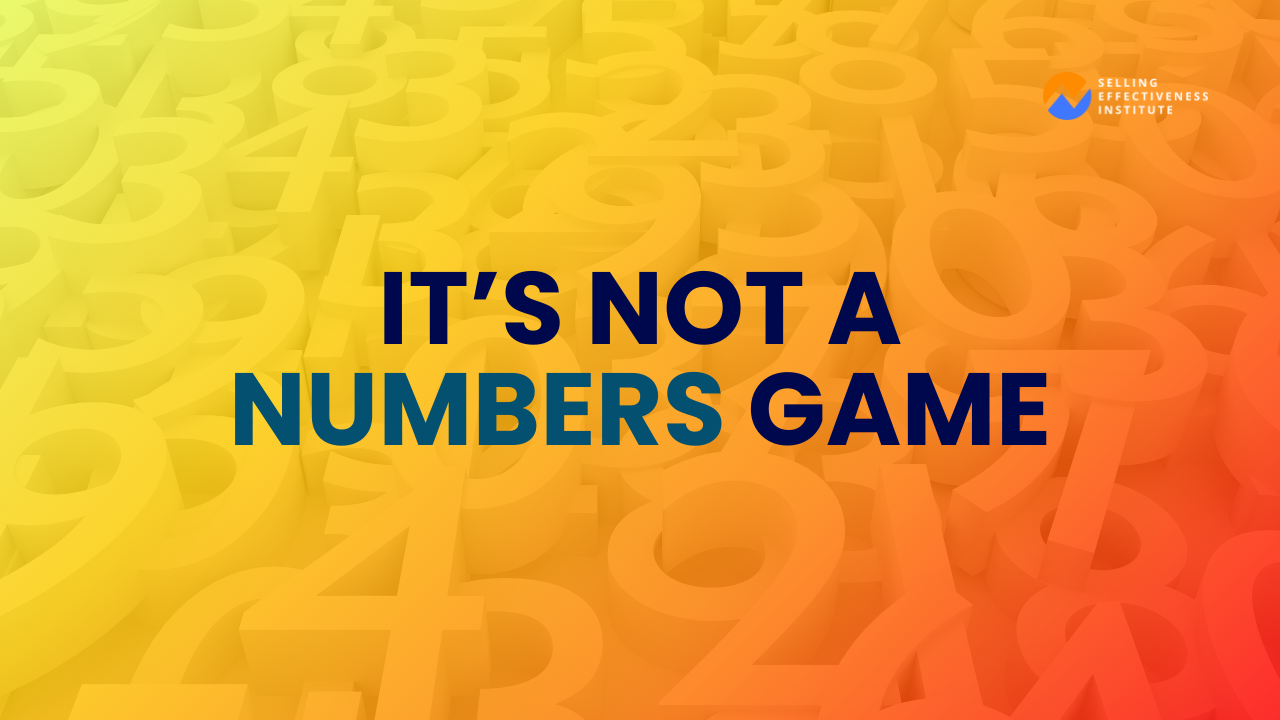
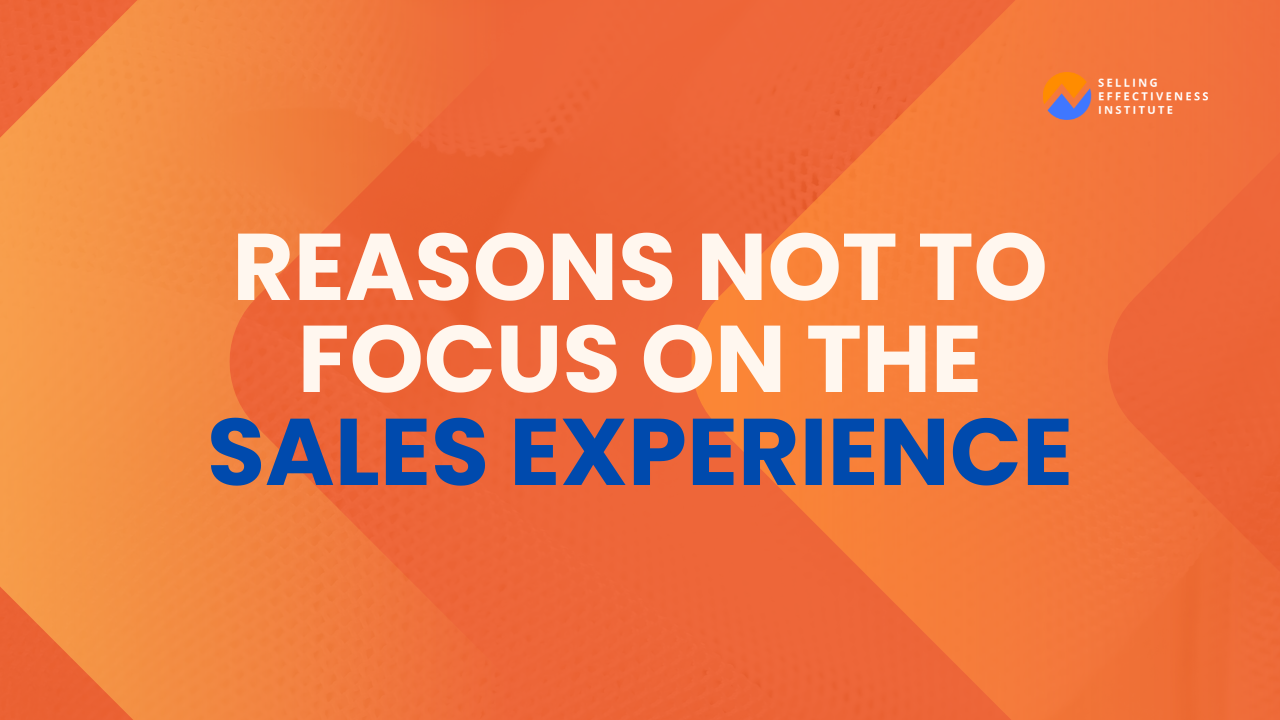
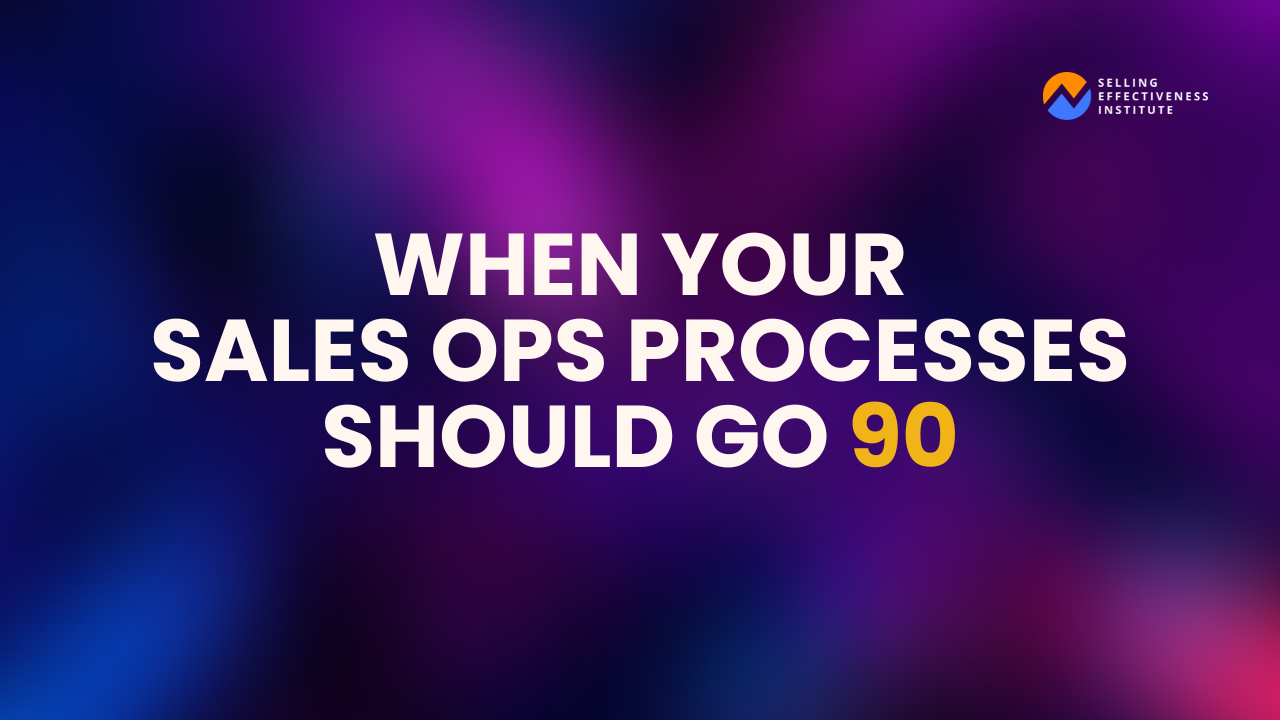

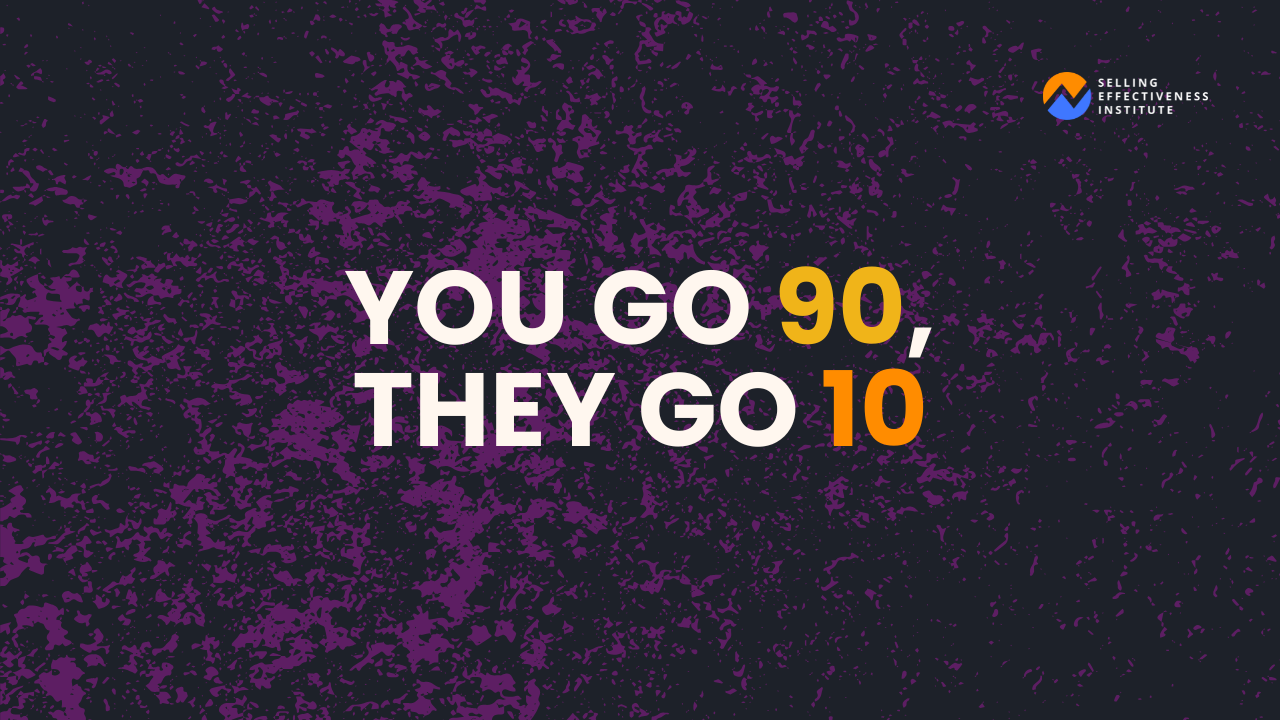
Phone: (239) 206-1919 | Email: info@sellingeffectiveness.com
Copyright © 2023 Selling Effectiveness Institute. All rights reserved.

